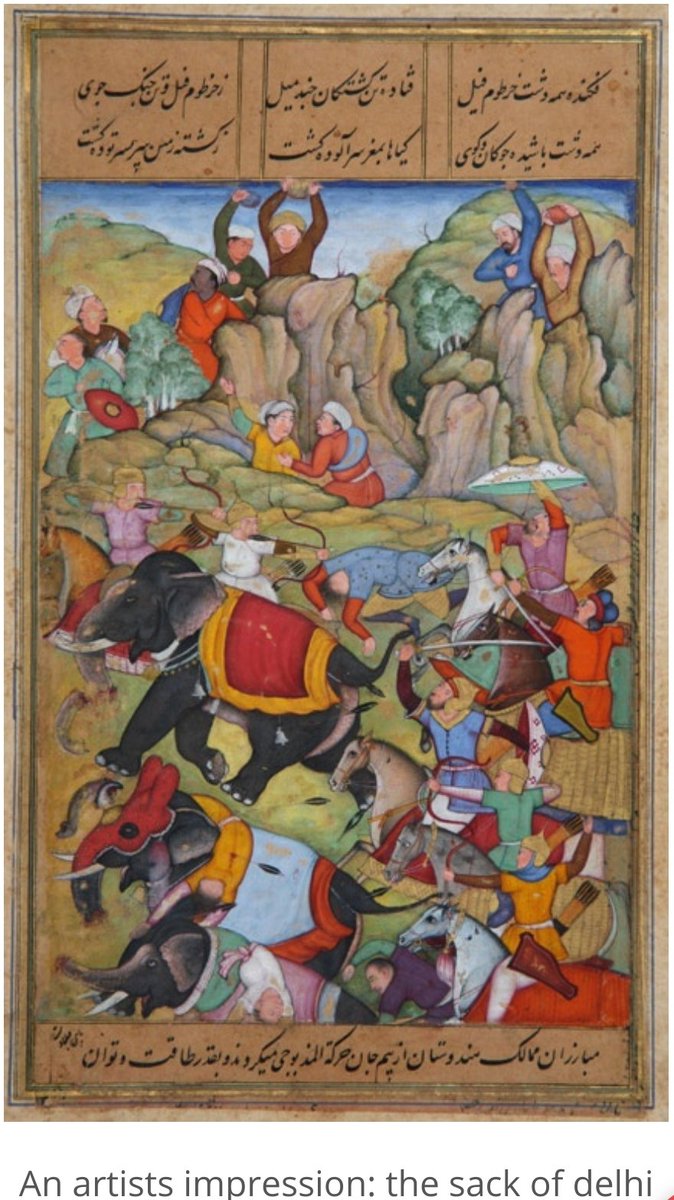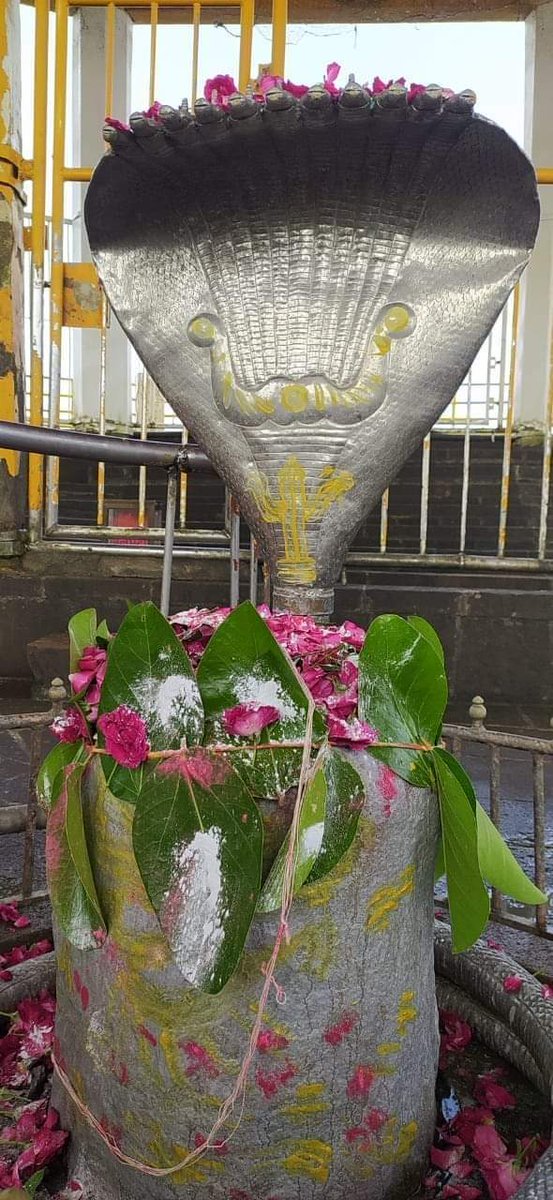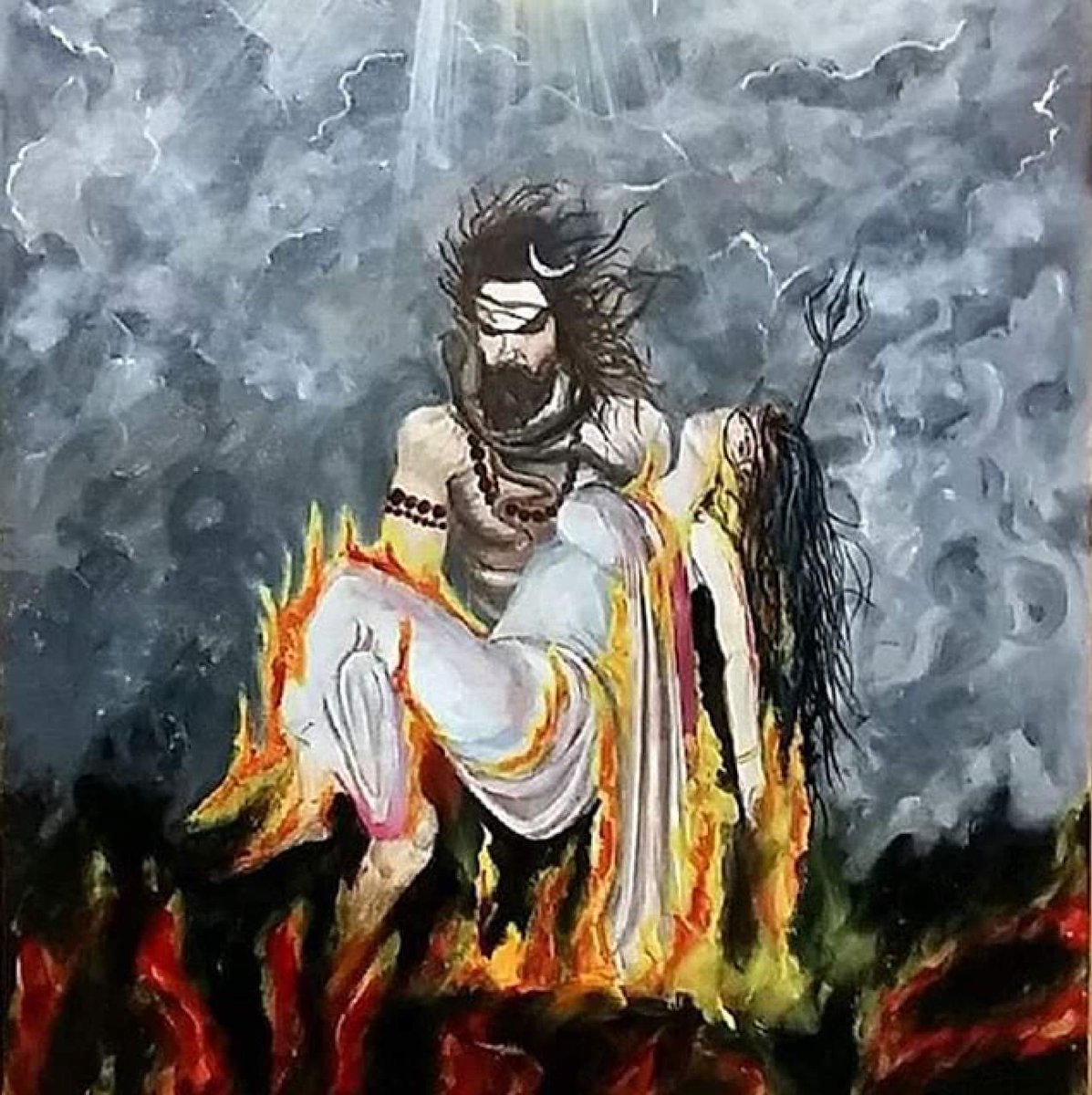𝗧𝗥𝗔𝗗𝗜𝗡𝗚 𝗖𝗔𝗡𝗗𝗟𝗘𝗦𝗧𝗜𝗖𝗞 𝗣𝗔𝗧𝗧𝗘𝗥𝗡𝗦 !📊
~𝙰 𝚃𝚑𝚛𝚎𝚊𝚍~🧵
𝙿𝚕𝚎𝚊𝚜𝚎 𝚁𝚎-𝚃𝚠𝚎𝚎𝚝 𝚝𝚑𝚒𝚜 𝚝𝚠𝚎𝚎𝚝 𝚏𝚘𝚛 𝚖𝚘𝚛𝚎 𝚛𝚎𝚊𝚌𝚑 🤞
@ProdigalTrader @SouravSenguptaI @PAlearner @Puretechnicals9 @caniravkaria @MrigankPuri @nison_steve @chartmojo
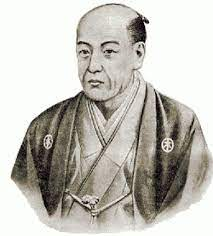
𝗢𝗽𝗲𝗻: The opening price.
𝗛𝗶𝗴𝗵: The highest price over a specific time period.
𝗟𝗼𝘄: The lowest price over a specific time period.
𝗖𝗹𝗼𝘀𝗲: The closing price.
Here’s an example:
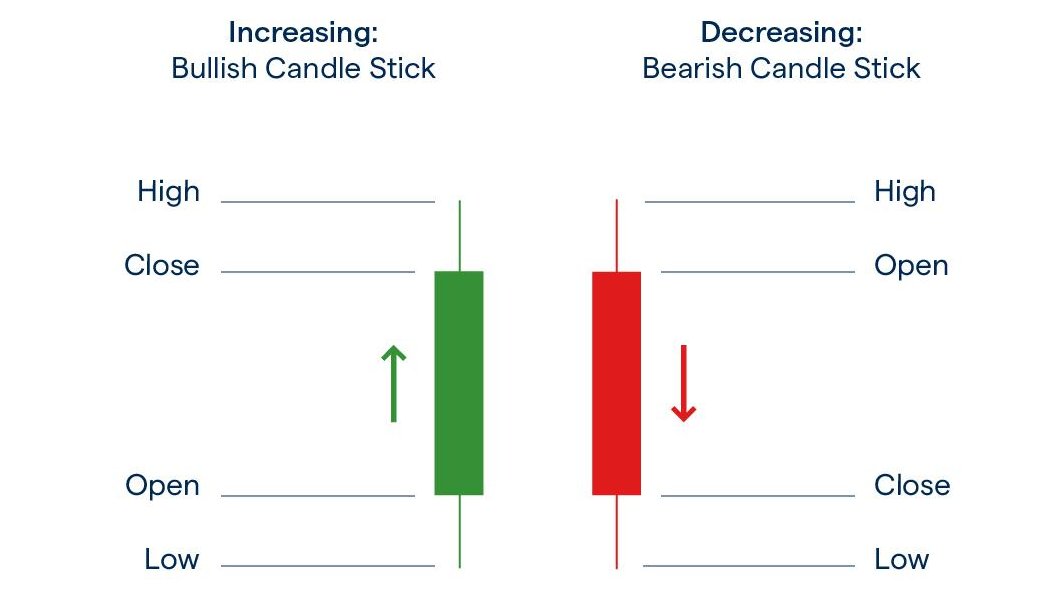
𝐂𝐀𝐍𝐃𝐋𝐄𝐒𝐓𝐈𝐂𝐊 𝐂𝐇𝐄𝐀𝐓𝐒𝐇𝐄𝐄𝐓:
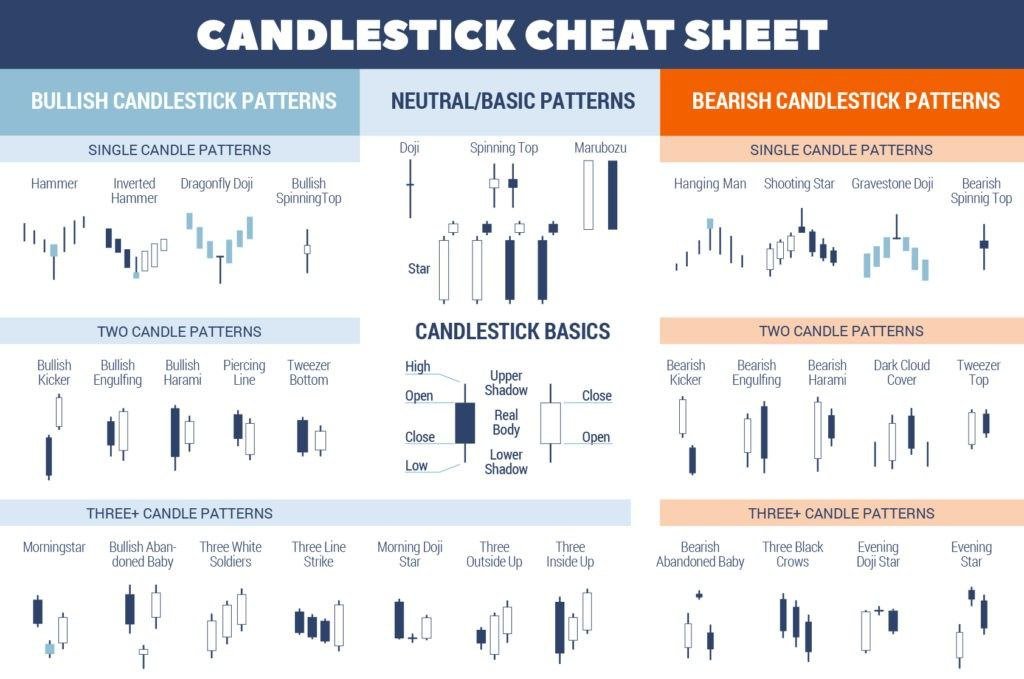
A Marubuzo indicates that there is so much buying/selling interest in a stock that the market participants were willing to buy/sell the stock at every price point during the day, so much so that the stock closed near its high/low point for the day.
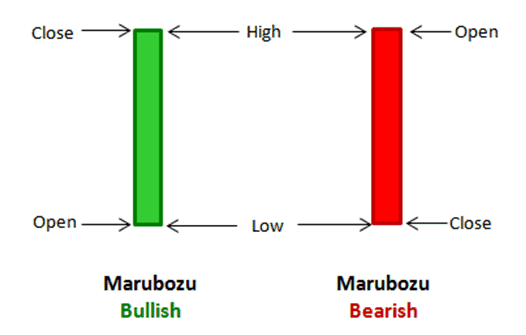
This means the open and close prices are equal. Doji’s provide crucial information about the market sentiments and is an important candlestick pattern.
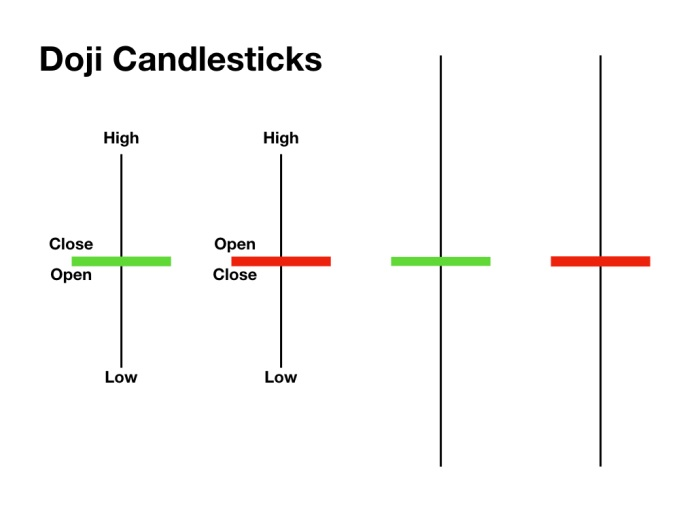
The bullish hammer is a significant candlestick pattern that occurs at the bottom of the trend. A hammer consists of small real body at the upper end of the trading range with a long lower shadow. The longer the lower shadow the more bullish it is.
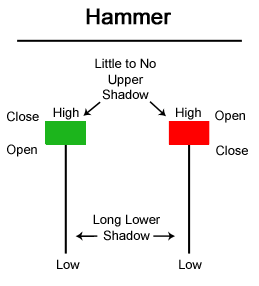
The shooting star is a top reversal pattern. A shooting star signals a market high. Since the shooting star is seen after a high, the pattern signals selling pressure.
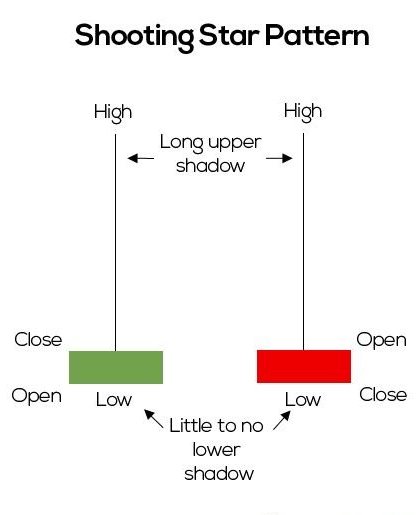
𝗤𝘂𝗲𝘀𝘁𝗶𝗼𝗻 𝟭: 𝗪𝗵𝗲𝗿𝗲 𝗱𝗶𝗱 𝘁𝗵𝗲 𝗽𝗿𝗶𝗰𝗲 𝗰𝗹𝗼𝘀𝗲 𝗿𝗲𝗹𝗮𝘁𝗶𝘃𝗲 𝘁𝗼 𝘁𝗵𝗲 𝗿𝗮𝗻𝗴𝗲?
Well, if the price closed the near highs of the range, that tells you the buyers are in control. But, if the price closed near the lows of the range and shows rejection of higher prices, it shows that sellers are in control.
This question will help you determine if there’s any
strength (or conviction) behind the move.
And, please point out if there is any mistake on my end. Would love to hear each and everyone's views.
If you liked reading this then please Re-Tweet the first tweet in this thread and follow @sarosij_ghosh for more stuff on trading & investing. 😇🙏









